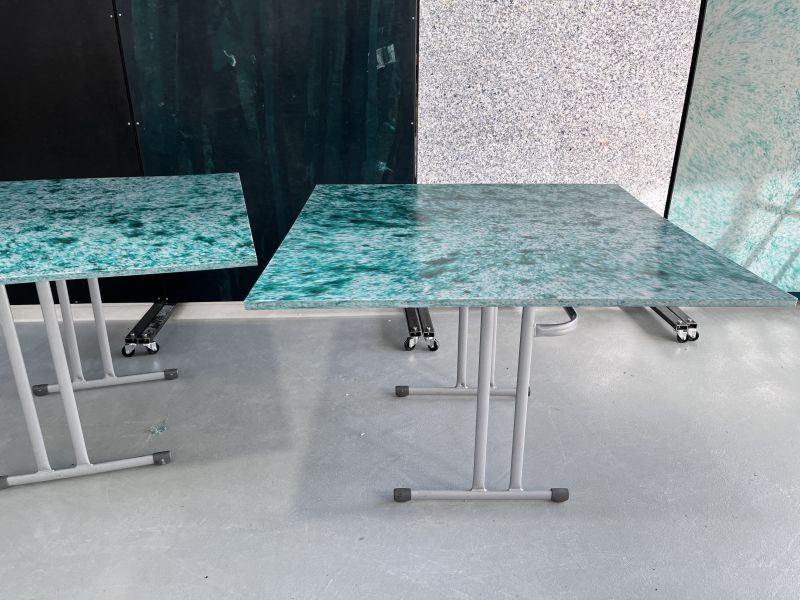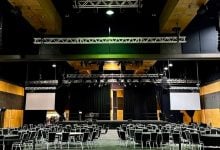Leading by example with sustainable furniture options
Is fast furniture impacting your school's environmental footprint? We explore eco-friendly solutions to reduce furniture waste.

Aotearoa New Zealand has long been a poster child for sustainability and eco-consciousness.
We teach our tamariki to be guardians of the whenua, and many schools have their own waste minimisation and composting programmes. Yet there is always more to be done, and schools can find their carbon footprint racks up in unexpected ways. Now, more schools are considering the environmental footprint of their built environment, including furniture.
Read the latest print edition of School News online HERE.
There are an increasing number of options available for quality, good-looking, sustainable furniture units. Many companies are looking toward greener and low-carbon construction materials such as recycled plastic, carpets, and even castor beans. These options offer a high quality, low-emissions alternatives to old-school furniture styles.
Refurbishing existing furniture
Some providers offer modular options, where high use surfaces prone to wear and breakage can be replaced independently of other components that require less frequent replacement. For instance, chair seats, backs and tabletops can be replaced independently of the unit legs.
Critical. co-founder and Chief Executive Rui Peng, said that in Aotearoa approximately 165,000 classroom tabletops are sent into landfill. “Often only the laminate tabletops are vandalised however the entire unit including the metal legs are sent to landfill.
“Typically, classroom tables are made of laminates, which is effectively an MDF core between two melamine layers, wrapped in a PVC edging. The issue is, depending on the school, the desktop is the first to break. Kids today are creative! Often, they use compasses or rulers to etch or engrave the desk, peeling the laminate layers and edging, exposing the MDF. When this happens, MDF is quickly exposed to moisture. It swells and mould builds up making it both ugly and impractical,” Mr Peng said.
“On top of this, sustainability for the next generation is the bottom line. We’ve seen in the last five to 10 years an explosion in consumer behaviour demanding for brands to be sustainable.
“The beautiful thing is that sustainable products made from 100 percent recycled materials not only look great, they tell a story and are better than existing materials like laminates on all fronts. Generally recycled plastics panels are fully waterproof and graffiti proof, can last a lifetime, and can be recycled forever at the end of life.”
Mr Peng highlighted that repurposing existing furniture is a practical approach to sustainability. “Schools can simply retrofit old classroom table frames with new, durable surfaces made from recycled materials. Recycled plastics as tabletops are highly customisable. Schools can choose the colours and look of the material, and request different shapes and sizes of tabletops to be refitted over old metal frames.”

Furniture that fits your needs
Custom furniture can offer a sustainable solution to break-out and specialist learning areas, providing options that are tailored to your schools’ needs.
Storage solutions can also be built into furniture, such as in-table storage, and custom-built shelving made of sustainable materials is also available.
Ensuring furniture is not only sustainably made, but has a sustainable end-of-life pathway that keeps plastic and refuse out of landfill, is crucial to meeting schools’ environmental goals.
There are many options available for schools to donate furniture items they no longer need, for example new schools, local libraries and community centres may be interested in that you no longer need but is in good repair. Several charities collect and ship unneeded school furniture items for distribution throughout Australia and the world.
Incorporating sustainable furniture into the built environment sets a strong example for students on how to care for the earth. Learning about production, lifetime use, and sustainable end-of-life pathways can present a strong learning opportunity for our rangatahi.









